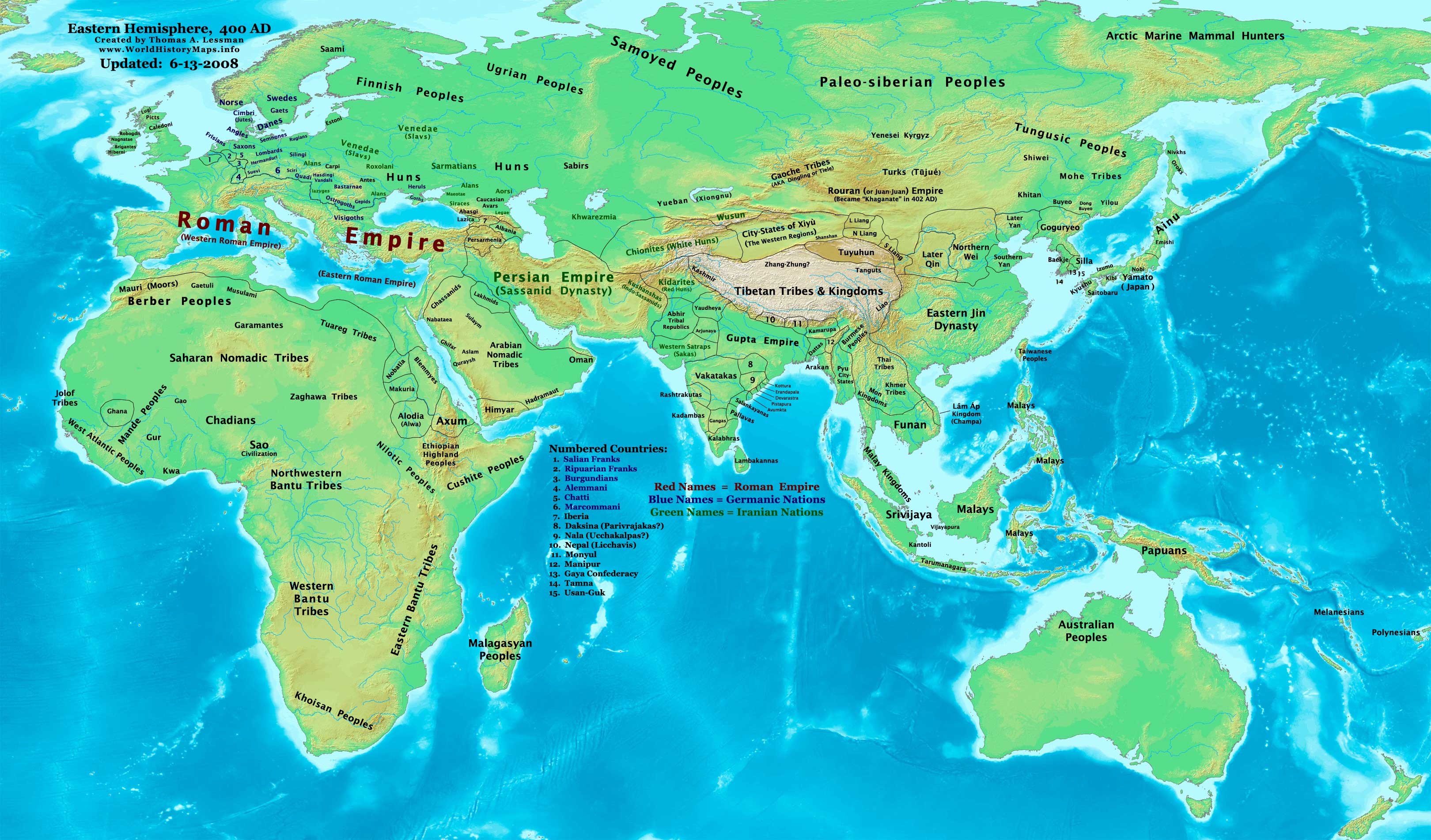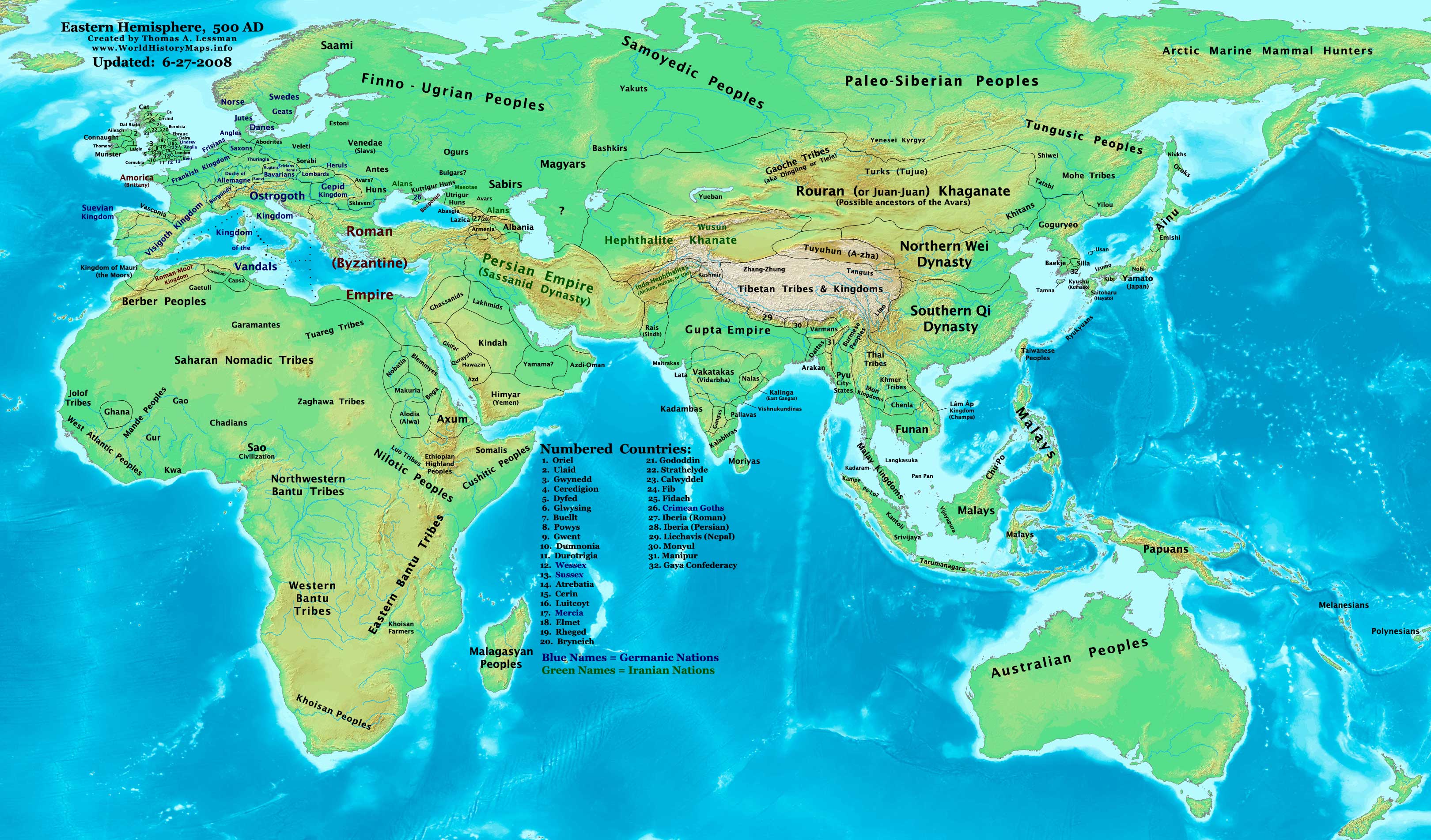|
Prokles (Pergamon)
Prokles (circa 400 BC) was a descendant of the exiled Spartan king Demaratus, and ruler of Pergamon in Asia Minor under the Achaemenid Empire. He was a brother of Eurysthenes, with whom he was a joint ruler. After his deposition in 491 BC Demaratus had fled to Persia, where king Darius I made him ruler of the cities of Pergamon, Teuthrania and Halisarna. About a hundred years later Eurysthenes and his brother Prokles reigned over the same cities; their joint rule is at least attested for the year 399 BC. Xenophon and the Ten Thousand received some support from Prokles in facing Achaemenid troops, at the beginning of their campaign into Asia Minor. According to Xenophon (''Anabasis'', 7.8.8-17), when he arrived in Mysia in 399, he met Hellas, the widow of Gongylos and probably daughter of Themistocles, who was living at Pergamon. His two sons, Gorgion and Gongylos the younger, ruled respectively over the cities of Gambrium, Palaegambrium for Gorgion, and Myrina and Grynium for ... [...More Info...] [...Related Items...] OR: [Wikipedia] [Google] [Baidu] |
Standard Of Cyrus The Great (White)
Standard may refer to: Symbols * Colours, standards and guidons, kinds of military signs * Heraldic flag, Standard (emblem), a type of a large symbol or emblem used for identification Norms, conventions or requirements * Standard (metrology), an object that bears a defined relationship to a unit of measure used for calibration of measuring devices * Standard (timber unit), an obsolete measure of timber used in trade * Breed standard (also called bench standard), in animal fancy and animal husbandry * BioCompute Object, BioCompute Standard, a standard for next generation sequencing * De facto standard, ''De facto'' standard, product or system with market dominance * Gold standard, a monetary system based on gold; also used metaphorically for the best of several options, against which the others are measured * Internet Standard, a specification ratified as an open standard by the Internet Engineering Task Force * Learning standards, standards applied to education content * Stand ... [...More Info...] [...Related Items...] OR: [Wikipedia] [Google] [Baidu] |
Gambrium
Gambrium or Gambrion ( grc, Γάμβριον and Γάμβρειον), also Gambreium or Gambreion (Γάμβρειον), was a town of ancient Aeolis and of Mysia, quite close to Pergamum. Its location is near Kınık and Bergama in İzmir province, in the Aegean Region of Turkey. It is on a hill named Hisarlık in the Bakırçay (ancient Kaikos) valley and very close to modern town of Poyracık. Gambrium is first mentioned in the '' Hellenica'' of Xenophon which gives knowledge about the region in 399 BCE. At that time the ruler of the city, as well as of Palaegambrium, was Gorgion, son of Gongylos.Xenophon, ''Anabasis'', 7.8.8-17. There was a star with twelve rays on the electrum Electrum is a naturally occurring alloy of gold and silver, with trace amounts of copper and other metals. Its color ranges from pale to bright yellow, depending on the proportions of gold and silver. It has been produced artificially, and ... coins of Gambrium. References Externa ... [...More Info...] [...Related Items...] OR: [Wikipedia] [Google] [Baidu] |
Rulers In The Achaemenid Empire
A ruler, sometimes called a rule, line gauge, or scale, is a device used in geometry and technical drawing, as well as the engineering and construction industries, to measure distances or draw straight lines. Variants Rulers have long been made from different materials and in multiple sizes. Some are wooden. Plastics have also been used since they were invented; they can be molded with length markings instead of being scribed. Metal is used for more durable rulers for use in the workshop; sometimes a metal edge is embedded into a wooden desk ruler to preserve the edge when used for straight-line cutting. in length is useful for a ruler to be kept on a desk to help in drawing. Shorter rulers are convenient for keeping in a pocket. Longer rulers, e.g., , are necessary in some cases. Rigid wooden or plastic yardsticks, 1 yard long, and meter sticks, 1 meter long, are also used. Classically, long measuring rods were used for larger projects, now superseded by t ... [...More Info...] [...Related Items...] OR: [Wikipedia] [Google] [Baidu] |
4th-century BC Rulers
The 4th century (per the Julian calendar and Anno Domini/Common era) was the time period which lasted from 301 ( CCCI) through 400 ( CD). In the West, the early part of the century was shaped by Constantine the Great, who became the first Roman emperor to adopt Christianity. Gaining sole reign of the empire, he is also noted for re-establishing a single imperial capital, choosing the site of ancient Byzantium in 330 (over the current capitals, which had effectively been changed by Diocletian's reforms to Milan in the West, and Nicomedeia in the East) to build the city soon called Nova Roma (New Rome); it was later renamed Constantinople in his honor. The last emperor to control both the eastern and western halves of the empire was Theodosius I. As the century progressed after his death, it became increasingly apparent that the empire had changed in many ways since the time of Augustus. The two emperor system originally established by Diocletian in the previous century fell in ... [...More Info...] [...Related Items...] OR: [Wikipedia] [Google] [Baidu] |
4th-century BC Greek People
The 4th century (per the Julian calendar and Anno Domini/Common era) was the time period which lasted from 301 ( CCCI) through 400 ( CD). In the West, the early part of the century was shaped by Constantine the Great, who became the first Roman emperor to adopt Christianity. Gaining sole reign of the empire, he is also noted for re-establishing a single imperial capital, choosing the site of ancient Byzantium in 330 (over the current capitals, which had effectively been changed by Diocletian's reforms to Milan in the West, and Nicomedeia in the East) to build the city soon called Nova Roma (New Rome); it was later renamed Constantinople in his honor. The last emperor to control both the eastern and western halves of the empire was Theodosius I. As the century progressed after his death, it became increasingly apparent that the empire had changed in many ways since the time of Augustus. The two emperor system originally established by Diocletian in the previous century fell in ... [...More Info...] [...Related Items...] OR: [Wikipedia] [Google] [Baidu] |
4th-century BC Deaths
The 4th century (per the Julian calendar and Anno Domini/Common era) was the time period which lasted from 301 ( CCCI) through 400 ( CD). In the West, the early part of the century was shaped by Constantine the Great, who became the first Roman emperor to adopt Christianity. Gaining sole reign of the empire, he is also noted for re-establishing a single imperial capital, choosing the site of ancient Byzantium in 330 (over the current capitals, which had effectively been changed by Diocletian's reforms to Milan in the West, and Nicomedeia in the East) to build the city soon called Nova Roma (New Rome); it was later renamed Constantinople in his honor. The last emperor to control both the eastern and western halves of the empire was Theodosius I. As the century progressed after his death, it became increasingly apparent that the empire had changed in many ways since the time of Augustus. The two emperor system originally established by Diocletian in the previous century fell int ... [...More Info...] [...Related Items...] OR: [Wikipedia] [Google] [Baidu] |
5th-century BC Births
The 5th century is the time period from 401 ( CDI) through 500 ( D) ''Anno Domini'' (AD) or Common Era (CE) in the Julian calendar. The 5th century is noted for being a period of migration and political instability throughout Eurasia. It saw the collapse of the Western Roman Empire, which came to an end in 476 AD. This empire had been ruled by a succession of weak emperors, with the real political might being increasingly concentrated among military leaders. Internal instability allowed a Visigoth army to reach and ransack Rome in 410. Some recovery took place during the following decades, but the Western Empire received another serious blow when a second foreign group, the Vandals, occupied Carthage, capital of an extremely important province in Africa. Attempts to retake the province were interrupted by the invasion of the Huns under Attila. After Attila's defeat, both Eastern and Western empires joined forces for a final assault on Vandal North Africa, but this campaign was a s ... [...More Info...] [...Related Items...] OR: [Wikipedia] [Google] [Baidu] |
Benedikt Niese
Jürgen Anton Benedikt Niese (24 November 1849 – 1 February 1910), also known as Benedict, Benediktus or Benedictus Niese, was a German classical scholar. Niese was born in Burg, on the island of Fehmarn, then part of the German Confederation but ruled by King Frederick VII of Denmark. His father was Emil August Niese, pastor in the town, and his mother was born Benedicte Marie Matthiessen. He was educated at the Domgymnasium in Schleswig and then from 1867 at Bonn and Kiel, studying under Alfred von Gutschmid. After volunteering for the army during the Franco-Prussian War, he was awarded a PhD in 1872. After teaching for a short time in a secondary school in Flensburg, he travelled in Italy and France. In 1876 he became a lecturer at the University of Göttingen. He was a professor at the University of Marburg from 1877 to 1881, after which he became Professor of Classical Philology at the University of Breslau. In 1885 he took the same post at Marburg and was rector th ... [...More Info...] [...Related Items...] OR: [Wikipedia] [Google] [Baidu] |
Tissaphernes
Tissaphernes ( peo, *Ciçafarnāʰ; grc-gre, Τισσαφέρνης; xlc, 𐊋𐊆𐊈𐊈𐊀𐊓𐊕𐊑𐊏𐊀 , ; 445395 BC) was a Persian soldier and statesman, Satrap of Lydia and Ionia. His life is mostly known from the works of Thucydides and Xenophon. According to Ctesias, he was the son of Hidarnes III and therefore the great grandson of Hydarnes, one of the six conspirators who had supported the rise of Darius the Great. Etymology ''Čiçafarnah'' (''čiça'' + ''farnah'') "with shining splendor": ''čiça'' is from the Proto-Indo-European adjective ''(s)koitrós'' 'bright'; ''farnah'' is equivalent to Avestan '' xvarənah'' 'fortune', 'glory', which appears as 'luminous'. ''čiθra'' means nature, specifically the animate nature. ''Čiça-'' is the Old Persian form of the Old Iranian term ''Čiθra-'', which is reflected in the Median form of the name, ''*Čiθrafarnah-'' ( grc, Τετραφέρνης). Family and early life Tissaphernes was born in 445 BC. ... [...More Info...] [...Related Items...] OR: [Wikipedia] [Google] [Baidu] |
Thimbron (fl
Thimbron or Thibron (Greek: ) may refer to: * Thimbron (fl. 400–391 BC), Lacedaemonian general in the Corinthian War * Thimbron (fl. 324–322 BC), Lacedaemonian officer of Harpalus and leader of campaigns in Cyrenaica {{hndis ... [...More Info...] [...Related Items...] OR: [Wikipedia] [Google] [Baidu] |
Grynium
Gryneium or Gryneion ( grc, Γρύνειον), also Grynium or Grynion (Γρύνιον), Grynia or Gryneia (Γρύνεια) and Grynoi (Γρῦνοι), was a city of ancient Aeolis. It was located 40 stadia from Myrina and 70 from Elaea. In early times it was independent, one of the 12 important cities of Aeolis, but afterwards became subject to Myrina. It contained a sanctuary of Apollo with an ancient oracle and a splendid temple of white marble. Pausanias wrote that at Gryneium, where there was an amazing grove of Apollo, with cultivated trees, and all those which, although they bear no fruit, are pleasing to smell or look upon. Xenophon mentions Gryneium as belonging to Gongylus of Eretria; and it is possible that the castrum Grunium in Phrygia, from which Alcibiades derived an income of 50 talents was the town of Grynium. It was a member of the Delian League. In 334 BC, Parmenion, who was one of the commanders of Alexander the Great, came to the region before Alexande ... [...More Info...] [...Related Items...] OR: [Wikipedia] [Google] [Baidu] |





